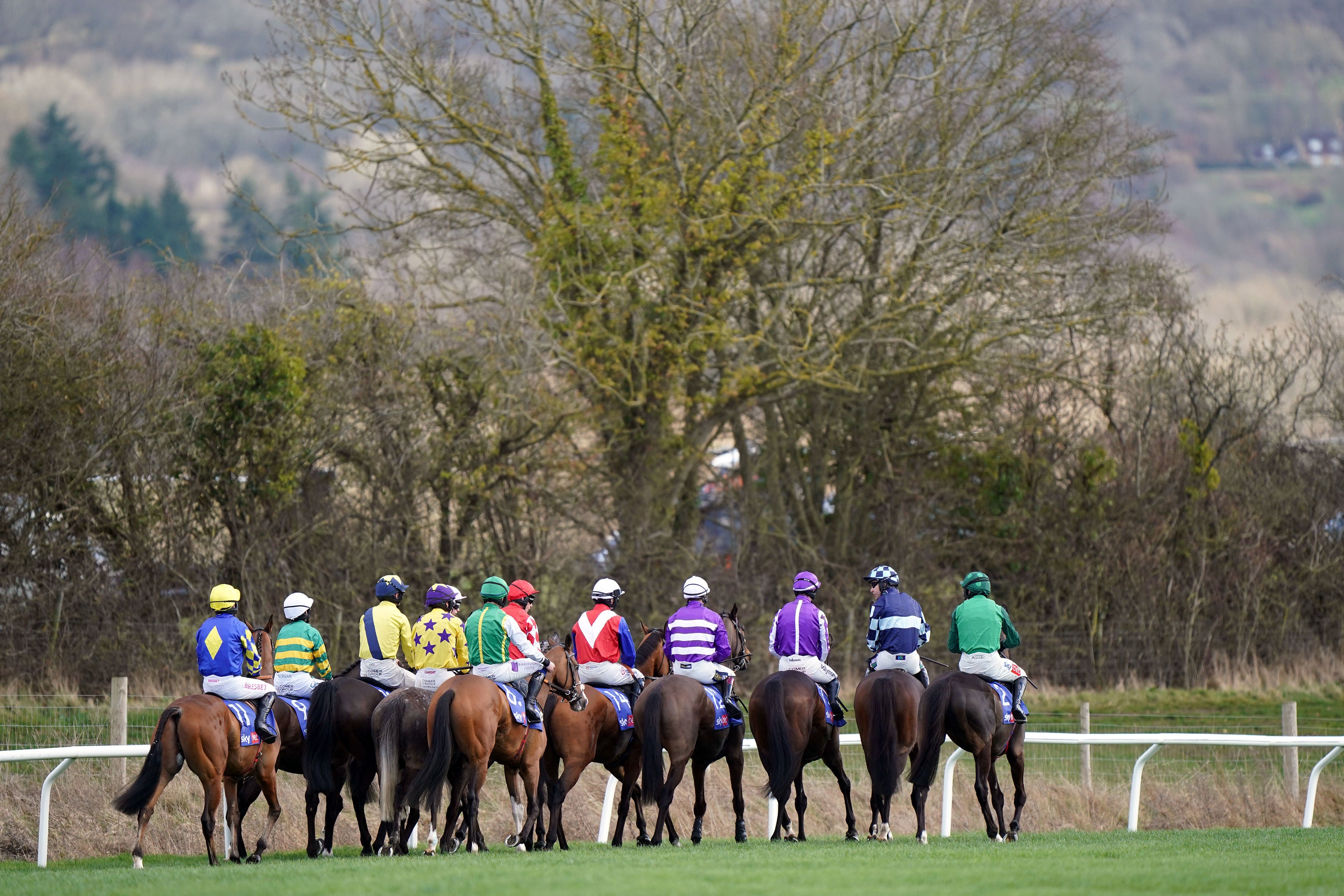Why are injured race horses put down?
Injured horses are often put down after falling in National Hunt races

Your support helps us to tell the story
From reproductive rights to climate change to Big Tech, The Independent is on the ground when the story is developing. Whether it's investigating the financials of Elon Musk's pro-Trump PAC or producing our latest documentary, 'The A Word', which shines a light on the American women fighting for reproductive rights, we know how important it is to parse out the facts from the messaging.
At such a critical moment in US history, we need reporters on the ground. Your donation allows us to keep sending journalists to speak to both sides of the story.
The Independent is trusted by Americans across the entire political spectrum. And unlike many other quality news outlets, we choose not to lock Americans out of our reporting and analysis with paywalls. We believe quality journalism should be available to everyone, paid for by those who can afford it.
Your support makes all the difference.The return of the Cheltenham Festival sees animal welfare again in the focus, with at least one horse put down at every edition since 2000.
Race horses can live for up to 30 years, but injured fallers at National Hunt events are often put down after breaking limbs.
According to the British Horseracing Authority (BHA), this is due to a horse’s complex physiology.
A broken leg, for example, can often damage other tissues and blood vessels, making the injury more complex.
Horses are unable to stay off their feet for long periods, which means limbs are not allowed to fully heal, so euthanasia is often carried out on the track.
“The vets on the racecourse, in conjunction with the owner, will make a decision as to what is in the best interests of the horse,” the BHA explains.
“Racehorses enjoy a very high standard of care and quality of life when in training.
“Maintaining a comparable quality of life is a key consideration when considering future options for a horse that has had a serious injury or condition.”
Racing has been criticised, however, as unethical by a number of animal rights charities, including People for the Ethical Treatment of Animals (Peta).
Accusing the industry of treating horses as “disposable commodities”, Peta says that the animals “too often pay the ultimate price”.
The global animal rights organisation says: “[Race horses] are forced to run around racecourses at speeds of more than 30 miles per hour while carrying people on their backs.
“Horses don’t enjoy this ordeal or get a thrill out of crossing the finishing line. They’re whipped into submission and end each race sweating and exhausted, often with debilitating injuries – if they survive at all.
“Whether they die in terrifying accidents on the track or in training, are euthanised after sustaining crippling injuries, or fail to win races and are shipped off to an abattoir, these sensitive animals are treated as nothing more than disposable commodities.”
The BHA published a list of recommendations designed to improve the safety and welfare of horses and riders in National Hunt racing after a review of the Cheltenham Festival in 2018.
The recommendations included increased pre-race veterinary checks on runners and a reduction in the safety limit for two-mile chases from 24 to 20.



Join our commenting forum
Join thought-provoking conversations, follow other Independent readers and see their replies
Comments